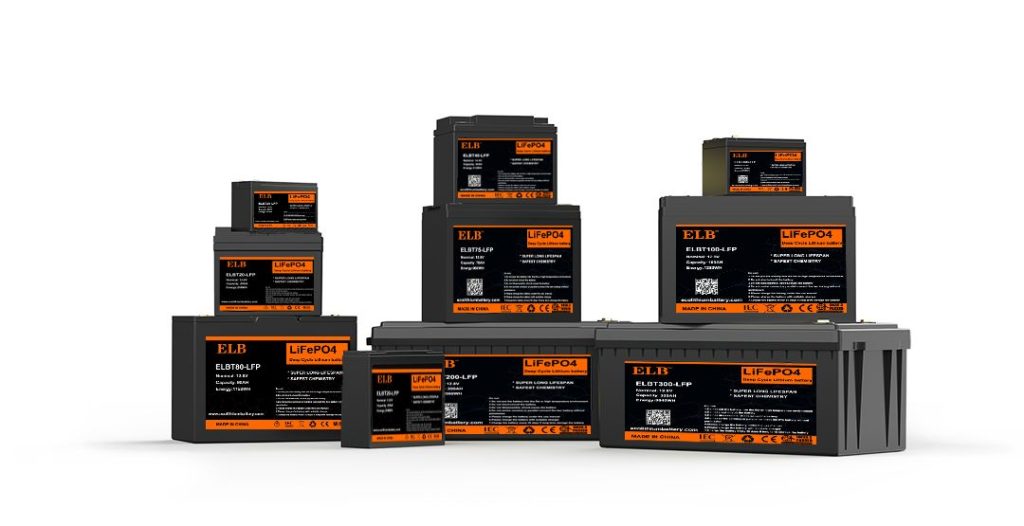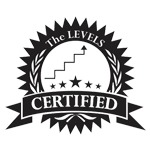
When replacing lead-acid batteries with lithium batteries, comprehensive considerations are needed from aspects such as safety, compatibility, and usage habits to avoid equipment failures or safety hazards caused by technical differences. Here are the key considerations:
Matching of Battery Types and Parameters
Voltage Matching
The nominal voltage, charge cut-off voltage, and discharge cut-off voltage of lithium batteries must be completely consistent with the original lead-acid batteries and equipment requirements.
For example: For an original 12V lead-acid battery (with a charge cut-off voltage of approximately 14.7V), a 12V nominal lithium battery should be selected (such as a 3-series lithium iron phosphate battery with a nominal voltage of 12.6V and a charge cut-off voltage of around 14.6V). This avoids equipment damage due to excessive voltage or insufficient performance caused by low voltage.
For multi-series lithium battery packs, ensure the balance of the battery cells to prevent overcharging or over-discharging of individual cells.
Capacity and Discharge Rate Adaptation
The capacity (Ah) of lithium batteries can be selected according to needs (usually, lithium batteries have higher energy density and smaller volume for the same capacity). However, attention should be paid to the discharge current requirements of the equipment.
Confirm that the continuous discharge rate (C-rate) of the lithium battery meets the peak power requirements of the equipment (such as high-rate batteries are needed for high-power equipment like electric vehicles and forklifts).
Size and Installation Space
Lithium batteries are usually smaller in volume than lead-acid batteries of the same capacity. It is necessary to confirm whether the installation position is suitable. If necessary, use fixing brackets to prevent shaking (lithium batteries have better anti-vibration performance than lead-acid batteries, but severe shaking may cause loose internal connections).
Charger Replacement and Charging Management
Special chargers must be replaced: The charging curves, cut-off voltages, and protection mechanisms of lead-acid battery chargers and lithium battery chargers are completely different (for example, the float voltage of a lead-acid charger may exceed the safety threshold of lithium batteries). Mixing them will cause overcharging, bulging, or even fire of lithium batteries.
Choose a charger matching the type of lithium battery (such as ternary lithium, lithium iron phosphate) and ensure it has overcharge, overcurrent, and short-circuit protection functions.
The charging environment should be well-ventilated and dry, avoiding high or low temperature environments (the optimal charging temperature for lithium batteries is usually 0-45℃).
Configuration of BMS (Battery Management System)
Lithium batteries must be equipped with a qualified BMS to monitor the voltage, temperature, charge and discharge current of individual cells, preventing overcharging, over-discharging, overcurrent, and short circuits.
Confirm that the protection parameters of the BMS match the equipment (such as whether the discharge cut-off voltage meets the minimum operating voltage requirements of the equipment) to avoid sudden shutdown of the equipment due to early power-off by the BMS.
Adaptation of Equipment Circuits and Protection
Compatibility of Protection Circuits
Some equipment (such as electric vehicles, UPS) is originally designed according to the characteristics of lead-acid batteries (such as low-voltage protection threshold, overload protection current). It is necessary to adjust the equipment’s protection parameters to adapt to lithium batteries.
If the equipment has no perfect protection, additional fuses or circuit breakers should be installed (selected according to the maximum discharge current of the lithium battery).
Grounding and Insulation
If the outer shell of the lithium battery is made of metal, it is necessary to confirm whether it is compatible with the grounding of the equipment to avoid the risk of electric leakage or short circuit.
Check the insulation between the positive and negative poles of the battery pack and the equipment terminals to prevent accidental short circuits.
Adjustment of Usage and Maintenance Habits
Depth of Discharge and Service Life
Lead-acid batteries are suitable for deep discharge (such as discharging to below 20%), but lithium batteries (especially ternary lithium batteries) are recommended to be charged and discharged shallowly (keeping more than 20% of the power) to extend their service life.
Avoid long-term storage at full charge (ternary lithium batteries are prone to aging when stored at full charge, while lithium iron phosphate batteries are relatively resistant to storage). For long-term idle storage, it is recommended to keep the power at 30%-50%.
Temperature Adaptation
Lithium batteries are more sensitive to temperature: the discharge capacity drops sharply at low temperatures (such as below -10℃), and irreversible damage may occur; high temperatures (such as above 60℃) are prone to thermal runaway. Avoid using them in extreme environments. In some scenarios, temperature control devices need to be installed.
Prohibited Operations
It is strictly forbidden to disassemble, puncture, or squeeze lithium batteries; it is strictly forbidden to mix batteries of different brands, capacities, or aging degrees; scrap batteries must be recycled by professional institutions and must not be discarded at will or mixed with lead-acid batteries.
Compliance and Certification
Choose lithium battery products that have passed safety certifications (such as UN38.3, IEC, CE, UL, etc.). Especially when used in scenarios such as vehicles and energy storage, they must comply with local industry standards (such as electric vehicle batteries must comply with GB/T 36672).
If modification is involved (such as replacing batteries in vehicles), confirm whether it complies with the manufacturer’s warranty policy and regulatory requirements to avoid affecting the legality of the equipment.
Summary
The core of replacing lead-acid batteries with lithium batteries is “parameter matching, adequate protection, and habit adaptation”. Comprehensive planning is required from battery selection, charging system, equipment adaptation to daily maintenance. It is necessary to consult professional technicians when necessary to ensure maximum safety and performance.
Related article
How to connect batteries in series vs parallel?
Sodium Ion Battery: The Definitive Guide
LTO battery: All Things You Want Know





